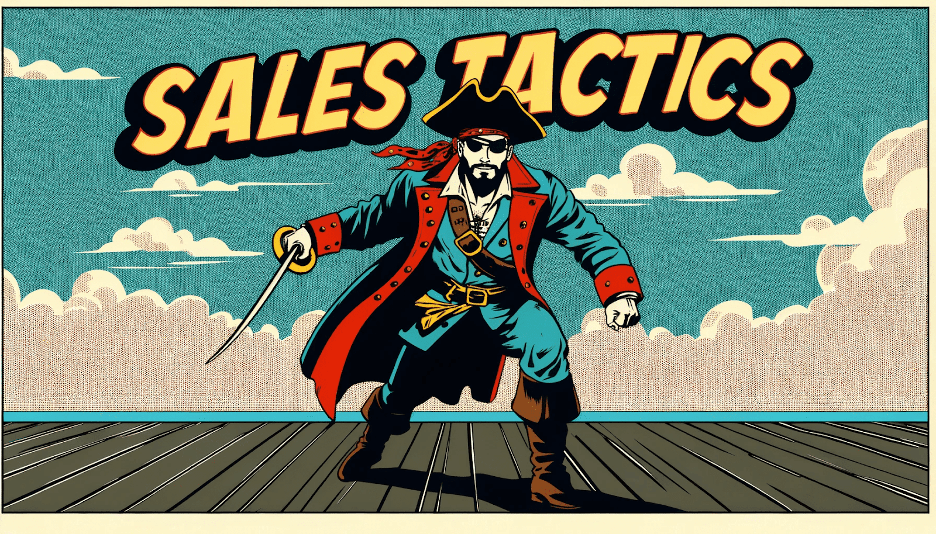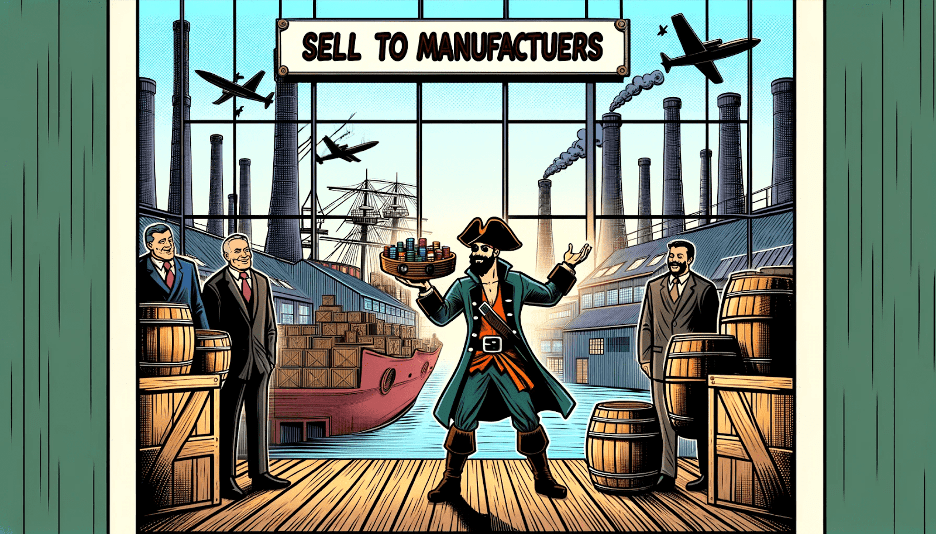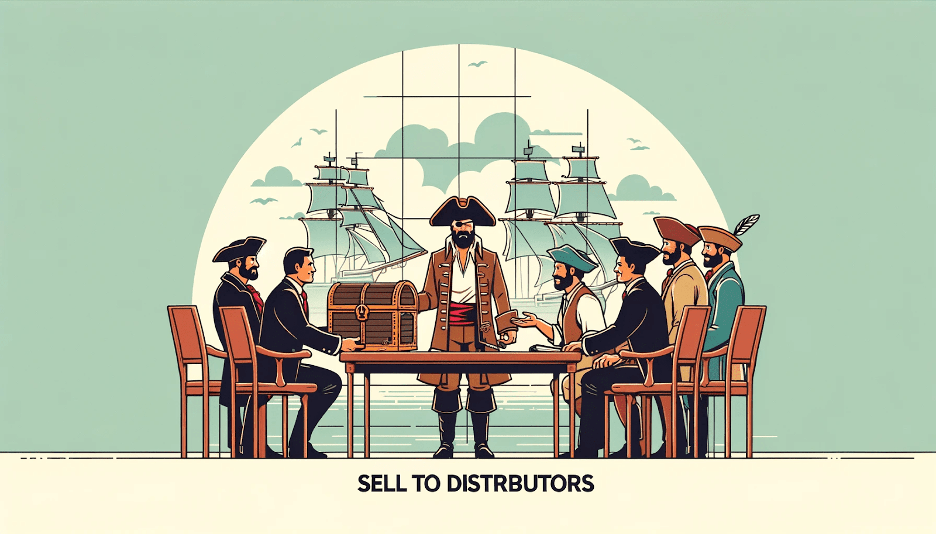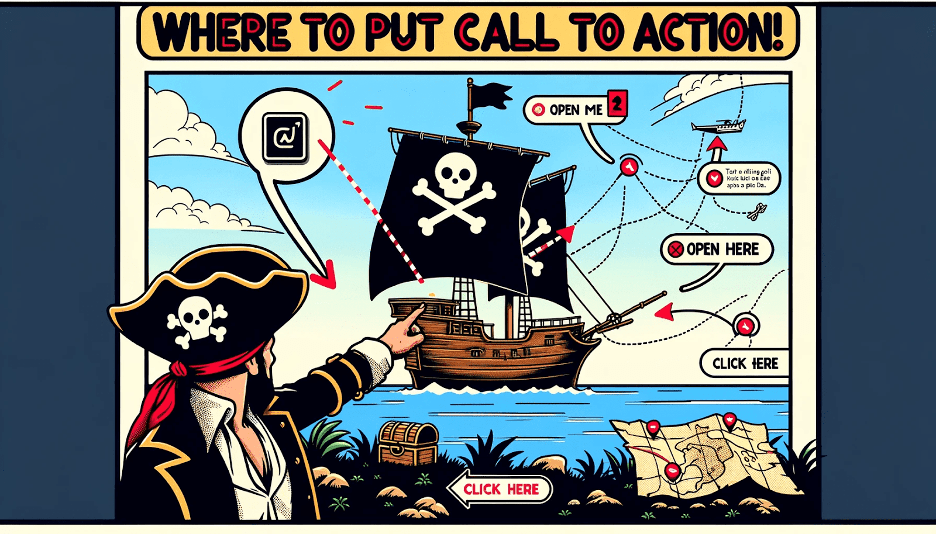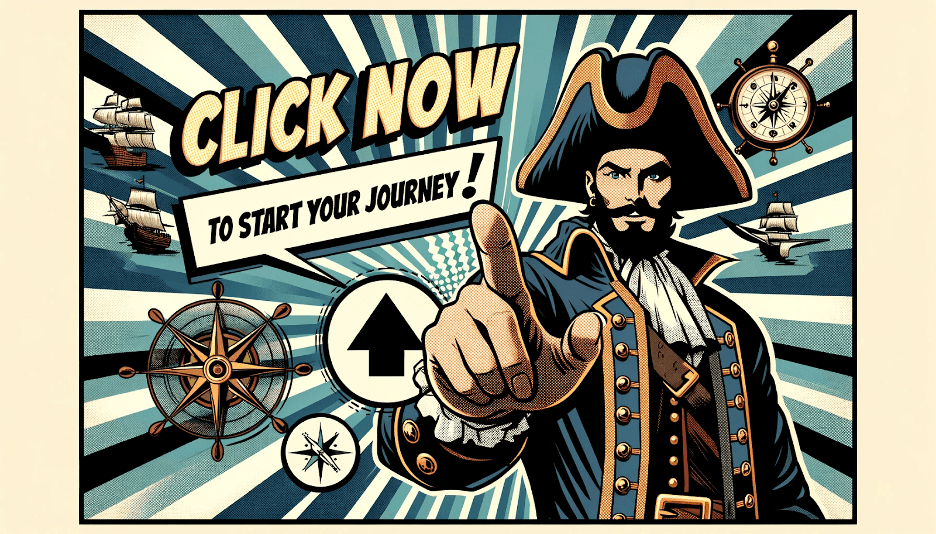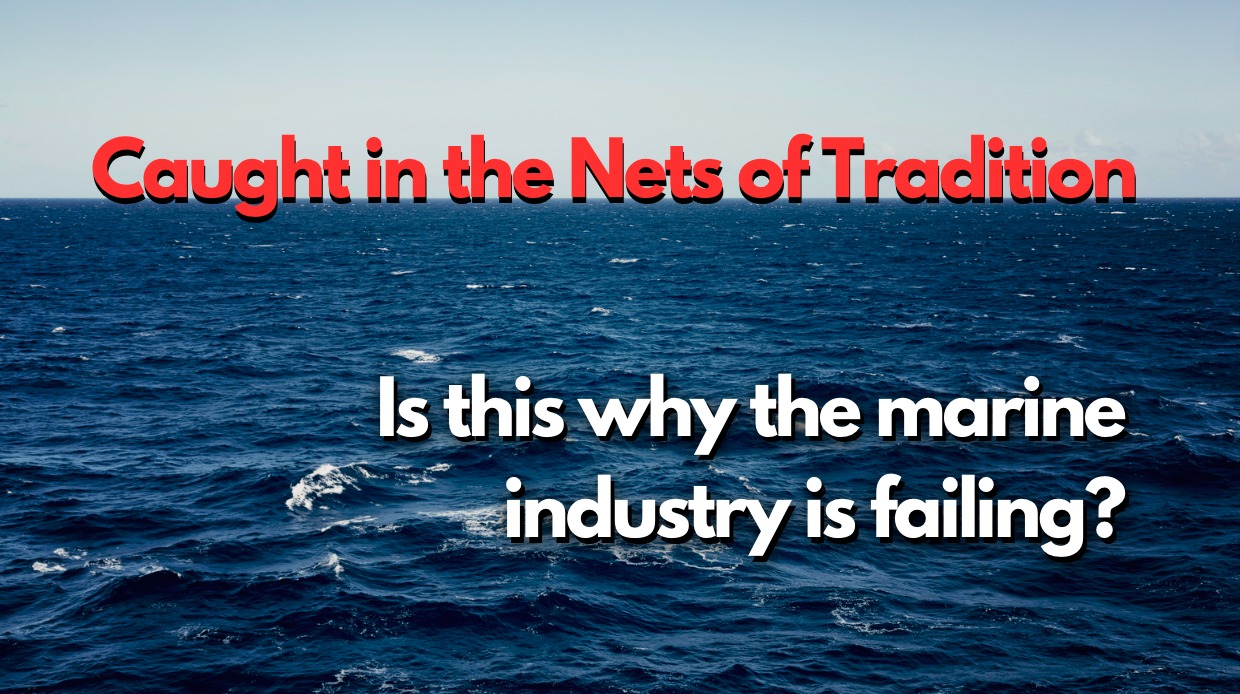
Caught in the Nets of Tradition: The Ugly Truth About the Marine Industry’s Reluctance to Innovate
The marine industry is facing a significant challenge in the form of digital adoption. It is not just about adopting new technologies but also adapting to a new way of thinking. The industry needs to evolve and embrace digital transformation to ensure its survival and success in the future. In this article, we explore the challenges facing the marine industry in embracing digital transformation and the consequences of failing to do so. Additionally, we highlight the importance of digital marketing for businesses in the marine industry to reach a wider audience and remain competitive in today’s market.
In my other business, SHIPSHAPE, I delved into building the largest database of marine repair and refit that exists by personally exploring nearly 10,000 websites across all marine sectors. Through this process, I discovered common trends and challenges facing the industry. While major issues, such as youth development and the electrification of boats, need to be addressed, it is also crucial not to overlook smaller problems that contribute to the overall situation.
One of the challenges I observed in the marine industry is the poor digital shift (web presence / marketing). As someone who’s passionate about the industry, it’s disheartening to see the lack of progress in this area. But what does this poor digital shift mean for the industry? And how do you introduce innovation in industries that rely heavily on word-of-mouth?
A majority of maritime industries rely on reputation and personal relationships to attract and retain customers. While word-of-mouth marketing can be powerful, it can also limit growth and hinder the adoption of new technologies or approaches because it requires a significant shift in mindset and a willingness to embrace change. Hence, many businesses that run off of word-of-mouth may be hesitant to take risks and try new things for fear of damaging their reputation or losing customers.
I’ve had clients who vehemently rejected the idea of digital marketing, claiming that their entire business was built on word-of-mouth alone and that digital marketing was a scam that went against their personal beliefs. It was frustrating because their main goal was to attract more customers to their business, yet they were unwilling to explore new avenues to achieve that. This kind of view is all too common, and it’s often due to a lack of understanding about what marketing and sales really entail.
The graph presented below provides an overview of the current digital baseline of the marine industry. This data was collected by personally reviewing the first 20 pages of Google search results for marine-related businesses along the entire coast of the United States. A total of 1,000 businesses were sampled, providing a glimpse into the current state of digital presence and marketing within the industry.
It is important to note that this sample is not representative of the industry as a whole, but it does provide valuable insights into the challenges facing the marine industry in embracing digital transformation. The graph highlights the low level of digital adoption within the industry, with a significant proportion of businesses having little to no online presence. However, we argue that it is essential for businesses within the marine industry to embrace digital marketing and web presence to stay competitive, reach new customers, and ensure a thriving future for the industry.

Sample of 1,000 websites – I created these definitions
0 – Although the business did not have a website, I was able to locate a profile on Facebook.
1 – A static single page website with only basic information and contact details can be outdated and ineffective in today’s digital age. Companies that still rely on such websites may appear obsolete and unprofessional, potentially turning away potential customers.
2 – A web page with a few tabs that provides only basic information about a company’s services can be unclear and uninformative. For example, a website that simply states “we do outboard repair” without any further explanation can leave potential customers unsure of what to expect
3 – A web page with a few tabs and some content may provide some basic information about a company’s services, but it may not be enough to capture the attention of potential customers or make the business easily discoverable online.
4 – A business with a more complete web presence will typically have a website that is comprehensive and informative, with regularly updated content that is designed to engage potential customers. This type of website is more likely to appear on search engines, allowing potential customers to find the business more easily.
5 – Established companies with dedicated marketing teams tend to have a strong online presence, with a website that is regularly updated and optimized for search engines. As a result, these companies are often the first to appear in search results and are highly visible to potential customers. Companies like Hinkley and OneWater have invested heavily in their online presence, creating websites that provide comprehensive information about their products and services, as well as engaging content designed to attract and retain visitors
Note: It’s important to consider that businesses with a rating below 4 may not appear on the first few pages of Google search results. This means that consumers may not be aware of their existence. Since the keywords related to marine are closely associated with those for home and auto (e.g., “engine repair”), it’s all to common to find auto companies that have a stronger online presence higher in search results compared to marine-related businesses even when searching for marine companies.
Furthermore, it’s worth noting that the data I’ve presented only includes businesses with a web presence. It’s conceivable that the number of businesses without an online presence could be far greater, surpassing even the largest percentages on the graph.
After conducting extensive research, it’s evident that there’s a correlation between a business’s success and the quality of its web presence. This explains why the maritime industry is falling behind in a world that becomes more and more digitalized. As the industry strives to innovate, it will undoubtedly feel the effects of this poor digital shift.
Therefore, it is crucial for businesses in the marine industry to recognize the importance of digital transformation and take action to improve their online presence and adopt new technologies. Failure to do so risks not only the future success of individual businesses but also the overall health and sustainability of the industry as a whole. By embracing digital technologies, businesses can not only stay competitive but also drive innovation, growth, and success in the marine industry.
To sum up, having a robust online presence for businesses can lead to an increase in job opportunities. This increase in job opportunities can lead to better scalability, which ultimately creates even more job opportunities, resulting in an enhanced consumer experience overall.
Written by Merrill Charette
Edited by Laura Homann
